Trinidad and Tobago Flag Meaning
A red field with a black diagonal stripe bordered by thin white stripes running from the upper hoist to the lower fly, representing the vitality of the land and people, the sea surrounding the islands, and the wealth and strength of the nation, designed by local artist Carlisle Chang.
- Continent
- North America
- Adopted
- 1962
- Ratio
- 3:5
- Colors
- red, white, black
- Designer
- Carlisle Chang
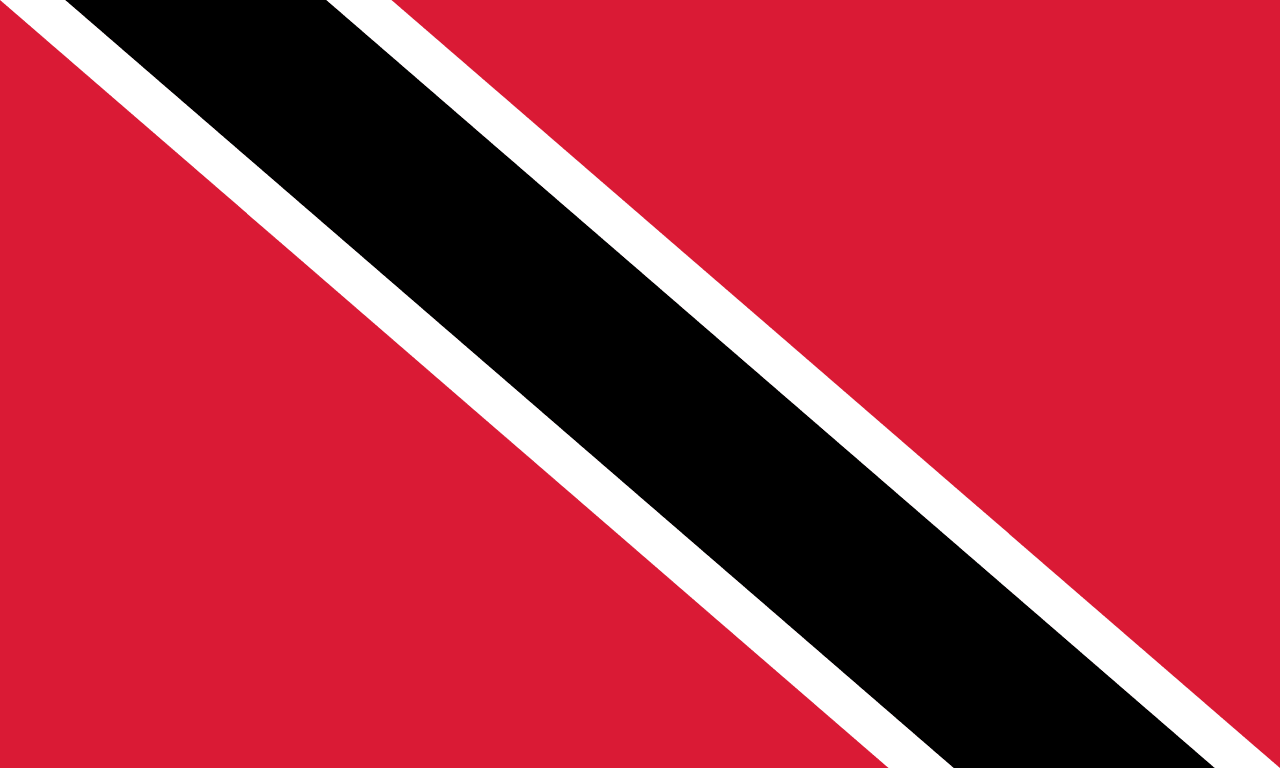
Symbolism
Red Field: Represents the vitality, warmth, and energy of the sun, the friendliness and courage of the people, and the rich soil of Trinidad and Tobago that sustains the agricultural heritage of the islands.
Black Diagonal Stripe: Represents the dedication, strength, and purpose of the people united in the face of adversity, as well as the wealth of the land, particularly the oil and natural gas that drive the economy.
White Borders: Represent the sea and the white-capped waves that surround the twin islands, symbolizing purity, equality among citizens regardless of race or creed, and the nation's aspirations for peace.
Diagonal Design: The diagonal stripe symbolizes the dynamic and progressive nature of the country, representing movement toward a bright future and the nation's determination to advance and develop.
History
- Pre-Columbian Era: Indigenous peoples including the Arawak and Carib inhabited the islands for centuries, developing sophisticated societies adapted to the tropical Caribbean environment.
- 1498: Christopher Columbus sighted Trinidad during his third voyage, naming it after the Holy Trinity, while Tobago was later named after the tobacco cultivated by indigenous peoples.
- 1532-1797: Spanish rule in Trinidad was limited, with the islands remaining sparsely populated until French planters arrived in the 1780s, while Tobago changed hands multiple times between European powers.
- 1797-1962: British colonial rule unified the islands administratively in 1889, bringing enslaved Africans and later indentured Indians, Chinese, and others to work on sugar plantations.
- 1834-1917: The abolition of slavery led to the indenture system, bringing over 140,000 Indians to work on plantations, fundamentally changing the demographic composition of the islands.
- 1930s-1950s: Labor unrest and the independence movement grew under leaders like Tubal Uriah Butler and Eric Williams, while oil industry development transformed the economy.
- August 31, 1962: Trinidad and Tobago gained independence from Britain under Prime Minister Eric Williams, adopting the current flag and establishing parliamentary democracy.
- 1962-1976: The early independence period focused on nation-building, economic development through oil revenues, and managing the diverse ethnic and cultural communities.
- August 1, 1976: Trinidad and Tobago became a republic, replacing the British monarch with a ceremonial president while maintaining Westminster-style parliamentary government.
- 1980s-1990s: Economic challenges from falling oil prices led to structural adjustment programs, while an attempted coup in 1990 by Islamic radicals was defeated, testing democratic institutions.
- 2000s-Present: High oil and gas prices brought prosperity, but crime, corruption, and economic diversification remain ongoing challenges, while the country has become a regional energy hub.
Trivia
- Trinidad and Tobago is the birthplace of the steel pan drum, invented in the 1930s and now recognized as the only acoustic musical instrument created in the 20th century.
- The flag represents the origin of calypso and soca music, with Trinidad's Carnival being one of the world's most famous celebrations, attracting hundreds of thousands of visitors annually.
- Trinidad and Tobago has one of the highest GDP per capita in the Caribbean due to its oil and natural gas industry, which accounts for about 40% of government revenue.
- The country is home to the world's largest natural asphalt lake, Pitch Lake in Trinidad, which has been commercially mined for over 150 years and covers 40 hectares.
- English is the official language, but Trinidadian Creole English is widely spoken, reflecting the diverse cultural influences from Africa, India, Europe, and other Caribbean islands.
- The flag flies over a country with remarkable biodiversity, including the Asa Wright Nature Centre that attracts birdwatchers from around the world to see over 400 bird species.
- Trinidad and Tobago is one of the most ethnically diverse countries in the Caribbean, with roughly equal populations of African and Indian descent, plus mixed and other ethnic groups.
- The country has produced numerous world-class athletes, particularly in track and field, with sprinters like Hasely Crawford and Ato Boldon winning Olympic medals.
- Traditional foods reflect the multicultural heritage, including doubles (Indian-influenced street food), roti, pelau, callaloo, and various curries and seafood dishes.
- The annual Carnival celebration features elaborate costumes, steel pan music, calypso competitions, and street parades that showcase the creative talents of the population.
- Trinidad and Tobago is a major nesting site for the leatherback turtle, the world's largest sea turtle, with Grand Riviere beach being one of the most important nesting locations.
- The flag represents a country where both cricket and football (soccer) are popular sports, with the national cricket team competing internationally as part of the West Indies team.
- The islands have significant Hindu and Muslim populations due to Indian immigration, with religious festivals like Divali and Eid being national holidays alongside Christian celebrations.
- Economic challenges include over-dependence on oil and gas exports, crime rates in urban areas, and the need to diversify into manufacturing, agriculture, and tourism.
- Despite its small size, Trinidad and Tobago plays an active role in Caribbean regional organizations and has served as a mediator in various regional disputes and initiatives.
Related Countries
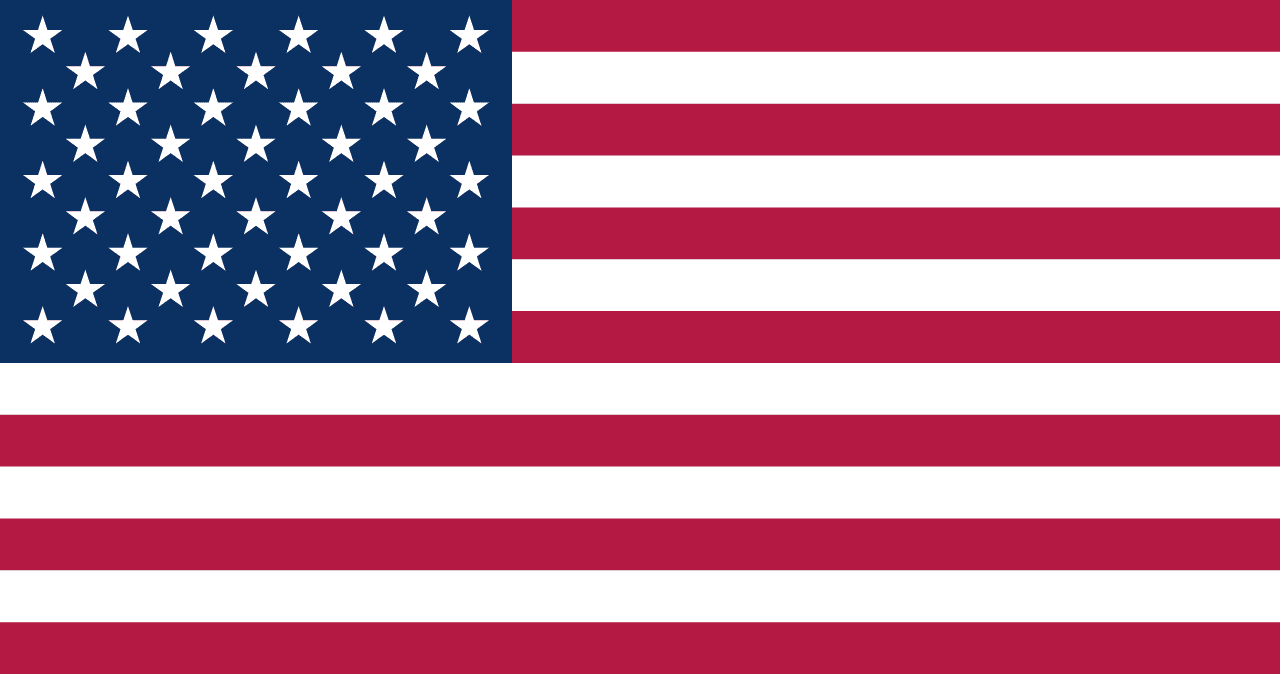
United States
North America
Stars and stripes representing the states and original colonies that founded America.
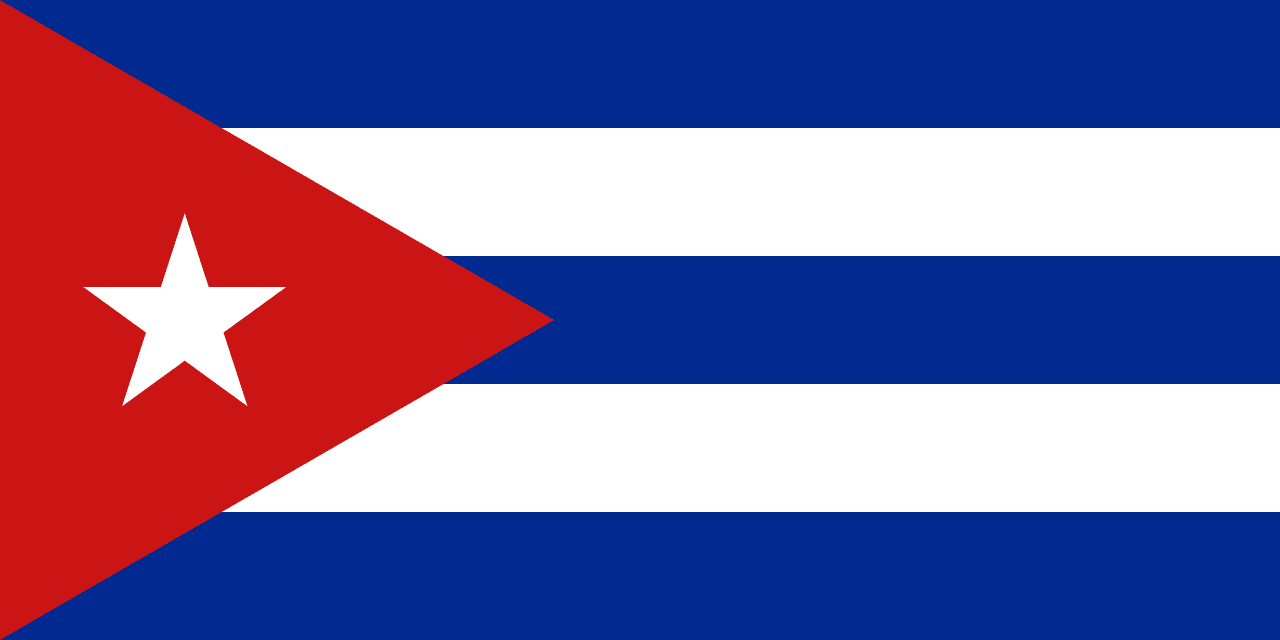
Cuba
North America
Five horizontal stripes alternating blue and white with a red equilateral triangle at the hoist containing a white five-pointed star, representing the three original provinces, purity, the blood of martyrs, and the independence of Cuba.
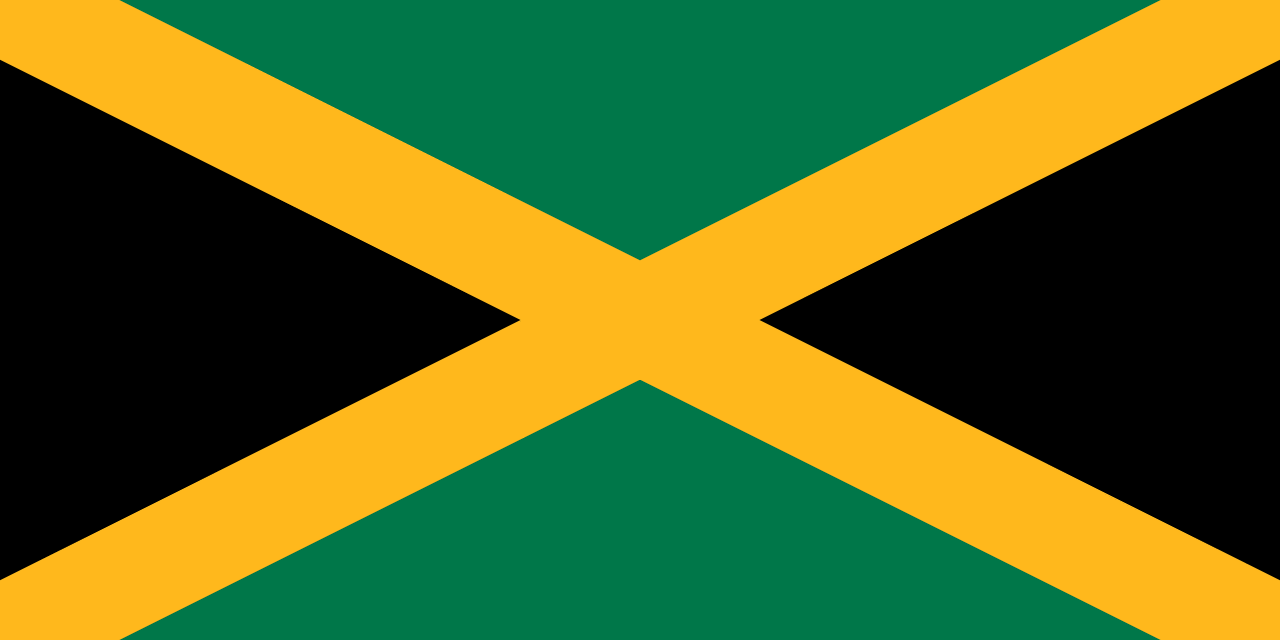
Jamaica
North America
A diagonal cross pattern dividing the flag into four triangles, with green triangles at top and bottom, black triangles at hoist and fly, and yellow diagonal cross, symbolizing the natural beauty, strength of the people, and golden sunshine of Jamaica.
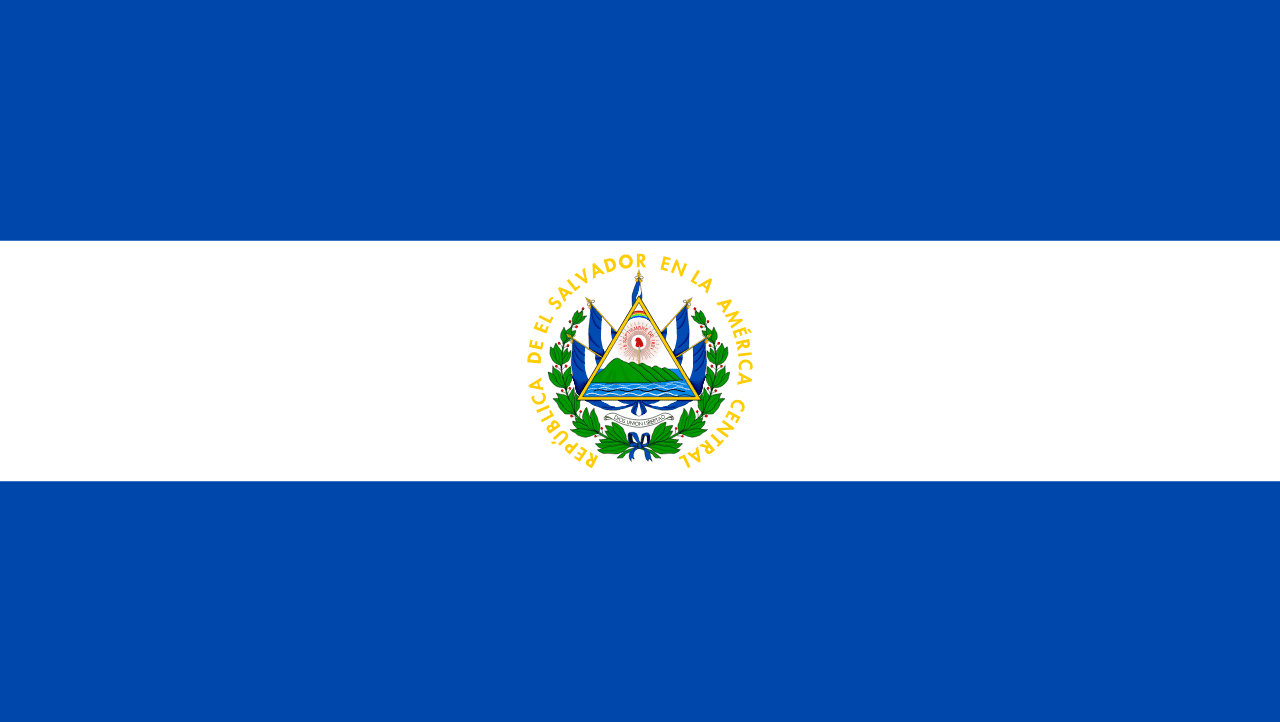
El Salvador
North America
Three horizontal stripes of blue, white, and blue with the national coat of arms centered on the white stripe, representing the Pacific and Atlantic oceans, peace, and the hope for Central American unity.
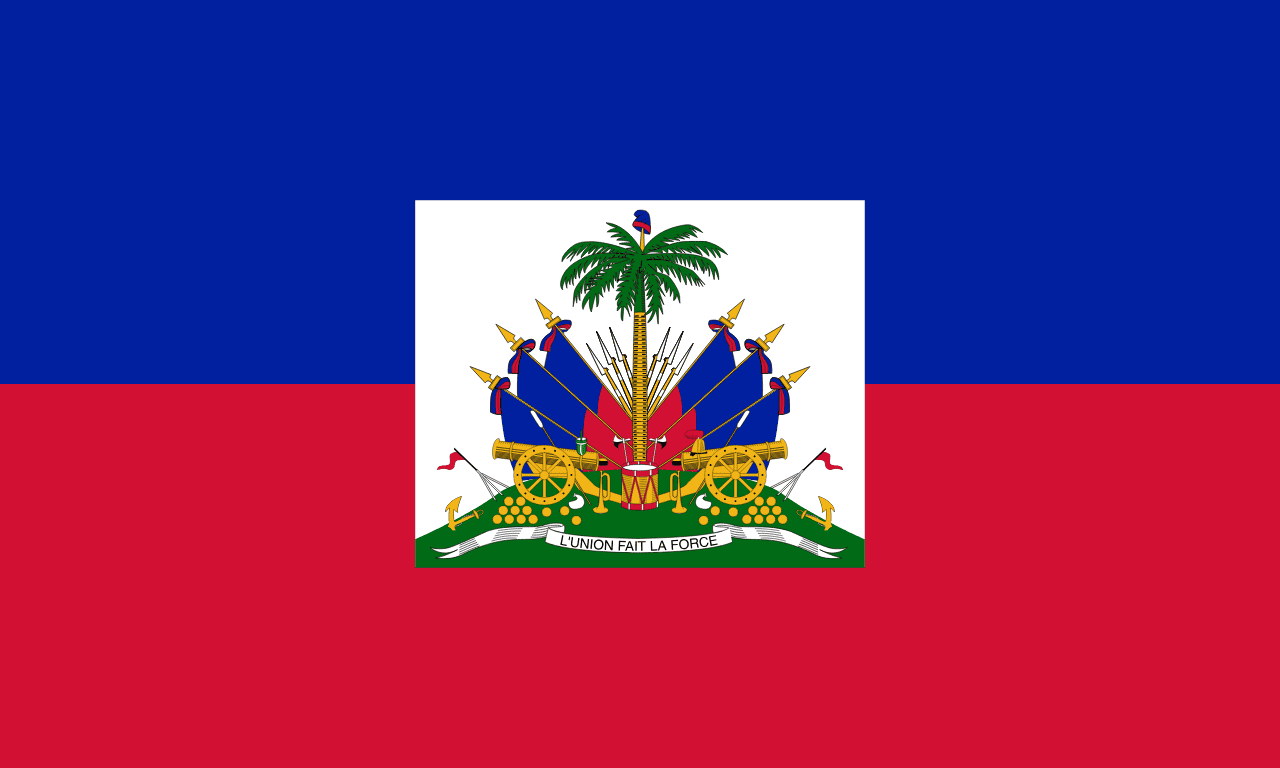
Haiti
North America
Two horizontal stripes of blue over red, representing the union of black and mixed-race Haitians and the blood shed for independence, making Haiti the first independent black republic and symbol of successful slave revolution.
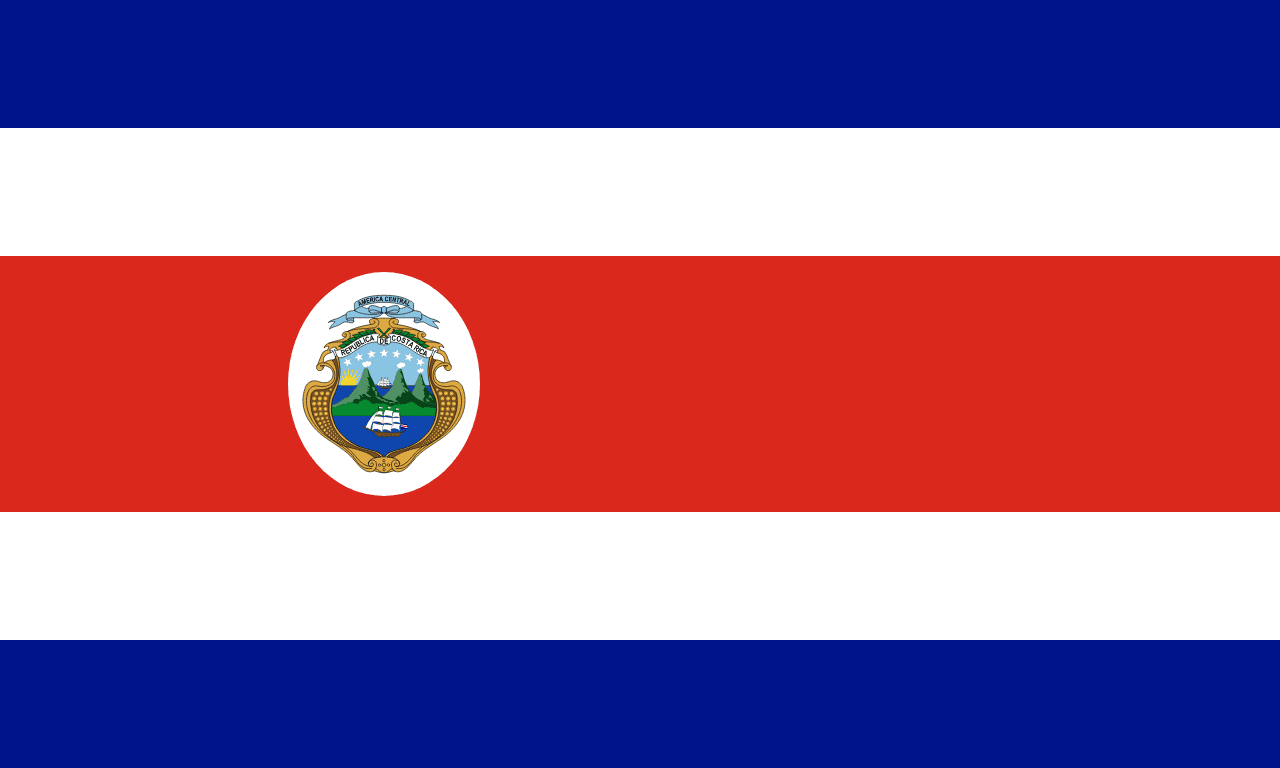
Costa Rica
North America
Five horizontal stripes with blue at top and bottom, white stripes below and above the central red stripe, and the national coat of arms on the red stripe, representing the sky and opportunities, peace, and the warmth of the Costa Rican people.